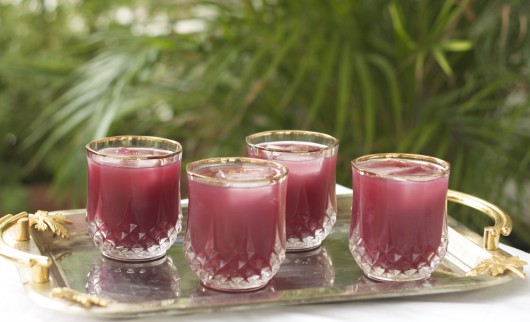Best Mulberries for Mulberry Juice and How to Choose Them
Mulberry trees are native to the eastern part of North America, making mulberries easy to find and use for people who live in this region. Cultivated varieties are widespread, though, making the fruit of the mulberry tree available in many places. Mulberry juice is highly nutritious and is said to have some medicinal properties. Many people who have mulberry trees in their back yard make mulberry juice in their home kitchens with the use of juicers every year when the fruit becomes ripe.
How to Pick Mulberries
Mulberries grow in clusters and are fairly easy to pick. When selecting the best mulberries for juicing, you should pay attention to the ripeness of the berries. Most mulberry species have dark fruit, although there is a variety of white mulberry that is native to Asia and has become naturalized in the United States. Fruit from the white mulberry tree is said to be not nearly as flavorful as varieties with darker fruit. The best mulberries for juicing will be dark purple to black. While picking mulberries, it’s best to wear old clothing because the berries can easily cause stains on anything that they touch. Mulberry fruit has a short lifespan and are a favorite snack of birds, so be sure to get the berries while you can.
Making Mulberry Juice
When making mulberry juice with a juicer in your home kitchen, be sure to wear old clothing or clothing that you wouldn’t mind a lot of dark stains on. Mulberries are a very juicy fruit, and it’s almost impossible to work with them in such a way that some of the juice won’t splatter. It only takes about a dozen good sized mulberries to make one cup of juice. so that should give you an indication of how juicy they are.
Uses of Mulberry Juice
Mulberry juice is great when simply consumed straight, but there are many other delicious uses for the juice. Mulberry syrup can be made from mulberry juice. Sharab el Toot is a traditional drink in the country of Lebanon, and it’s basically mulberry syrup that is served chilled. Many people can mulberry juice to use during the winter.
Mulberries have often been neglected as a food source, but many people are rediscovering them these days. Interest in urban agriculture and home food preservation is growing among city-dwellers, and those lucky enough to have a backyard mulberry tree are finding many delicious uses for the fruit of these trees.

